The history of the art of the Cletic knot
Celtic knots are intricate designs that have captured the imagination of many for centuries. These loops and twists, with no beginning or end, symbolize eternity and the interconnection of life.
Originating from the Celts, an ancient group of people from Europe, these designs are more than just decorative. They embody a rich cultural heritage and have been used to adorn everything from jewelry to manuscripts.
The Origins of Celtic Knotwork

The origins of Celtic knotwork can be traced back to the third and fourth centuries AD, during the early Christian period. This was a time when art was flourishing in the Celtic lands, including Ireland, Scotland, and Wales.
The Celts were known for their artistic skills, and knotwork was an important part of their artistic expression. These designs were often used in religious contexts, adorning crosses and other sacred items.
Early Examples of Celtic Knot Designs

Some of the earliest examples of Celtic knot designs can be found in the Book of Kells, an illuminated manuscript created by Celtic monks around 800 AD. This masterpiece is renowned for its intricate and colorful knotwork that decorates its pages.
Another early example is the Lindisfarne Gospels, which also features remarkable knot patterns, showcasing the artistry and devotion of its creators.
The Cultural Significance of Celtic Knots
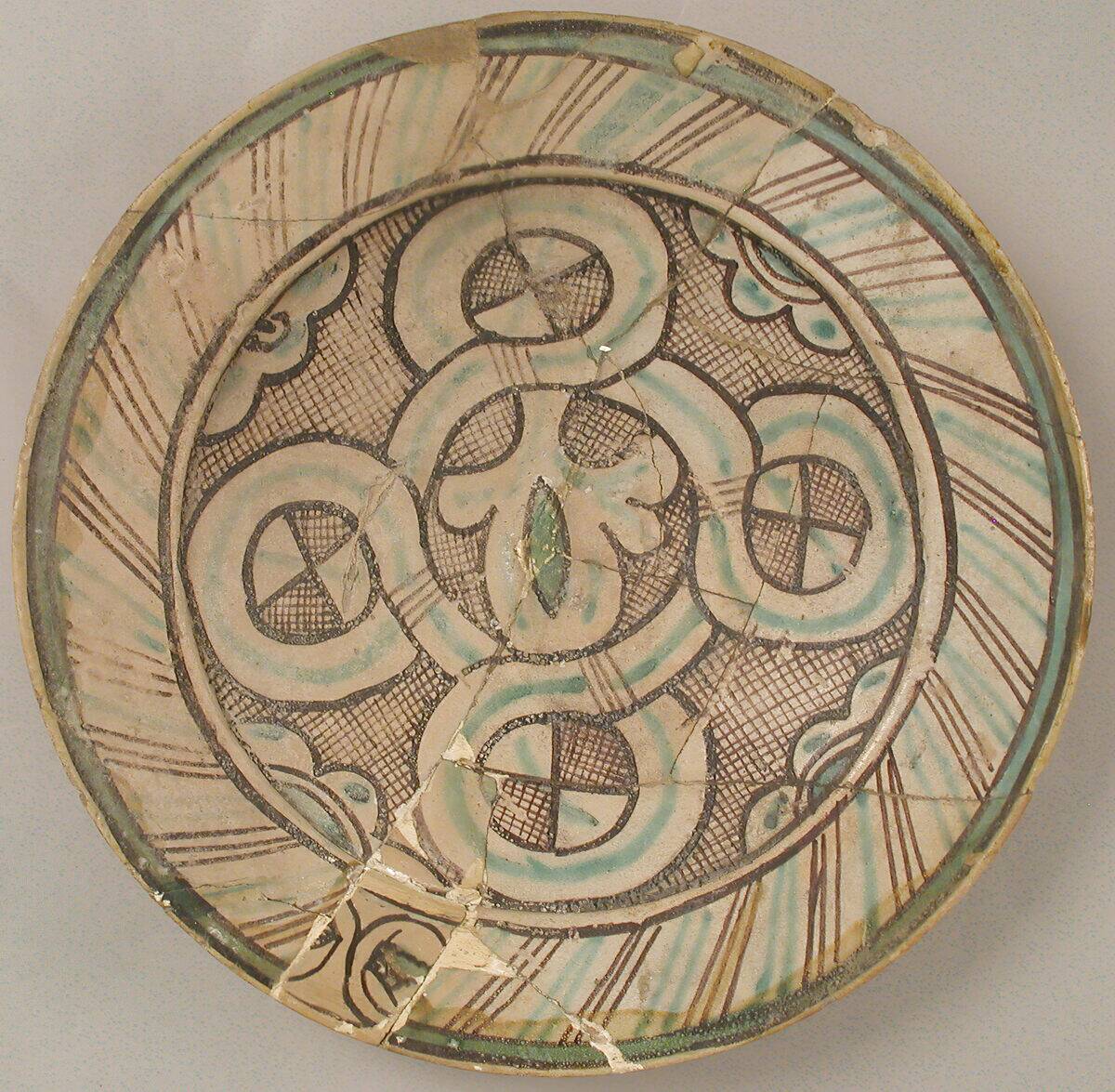
Celtic knots are often viewed as symbols of eternity, unity, and the cycle of life and death. They are often associated with Celtic art and spirituality, though there is little historical evidence that they were used directly in rituals or ceremonies.
These designs are more than just art; they serve as a connection to the past and a symbol of the enduring nature of the human spirit.
Knot Patterns in Ancient Manuscripts
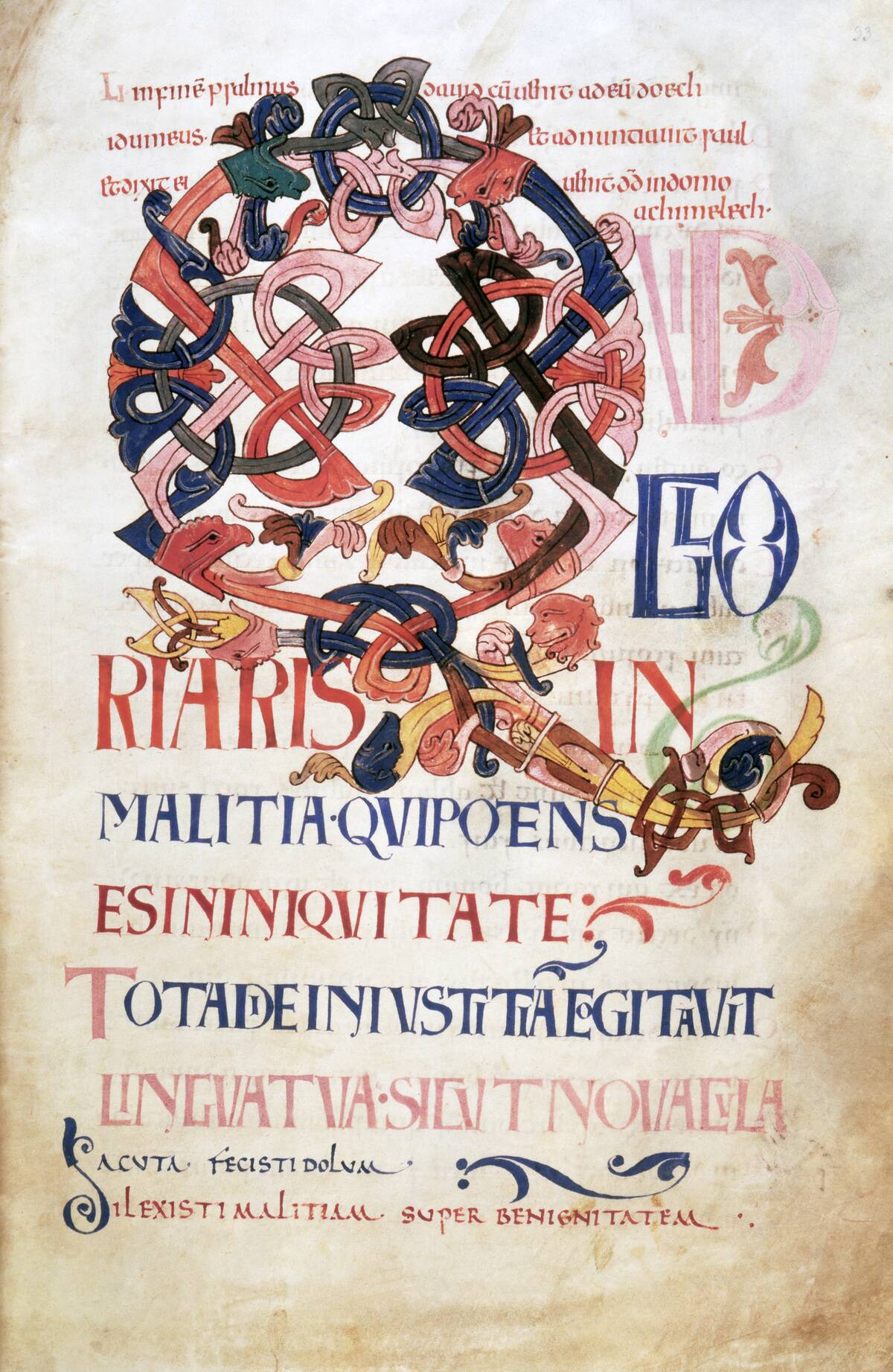
Ancient manuscripts are treasure troves of Celtic knot patterns. The Book of Durrow, dating from the 7th century, is another example where these intricate designs are prominently featured.
These manuscripts were not just religious texts but also works of art, showcasing the skill and dedication of the scribes who painstakingly created them, using knotwork to convey deeper meanings and messages.
Influence of Religion and Spirituality
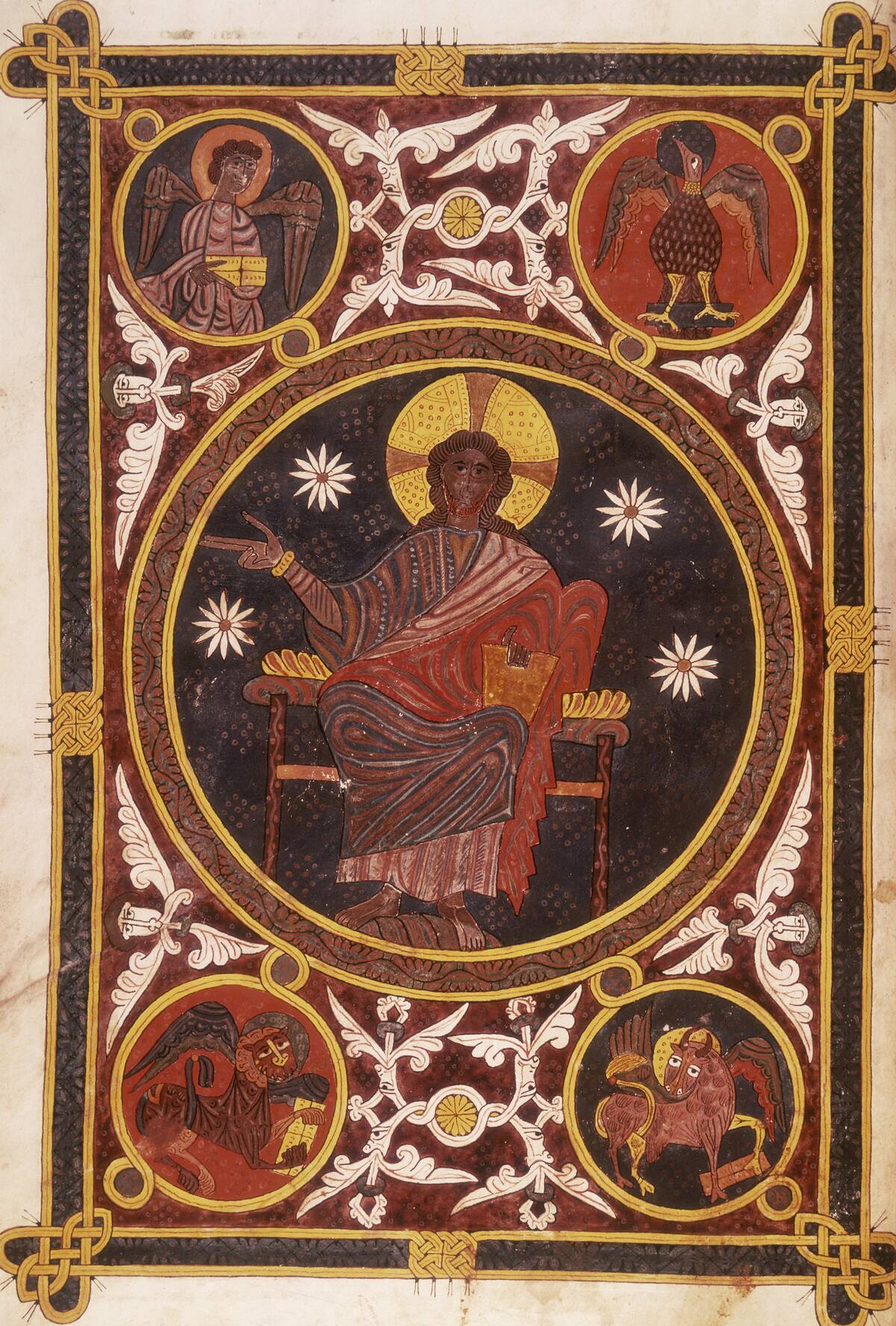
Religion and spirituality played a significant role in the development of Celtic knots. The interlacing patterns were often used to symbolize the interconnectedness of life and the divine.
Many believe that these designs were used by early Christians to convey complex theological concepts, bridging pagan traditions with the new Christian faith. This blend of beliefs is reflected in the rich symbolism of the knotwork.
Evolution of Knot Designs Through the Ages
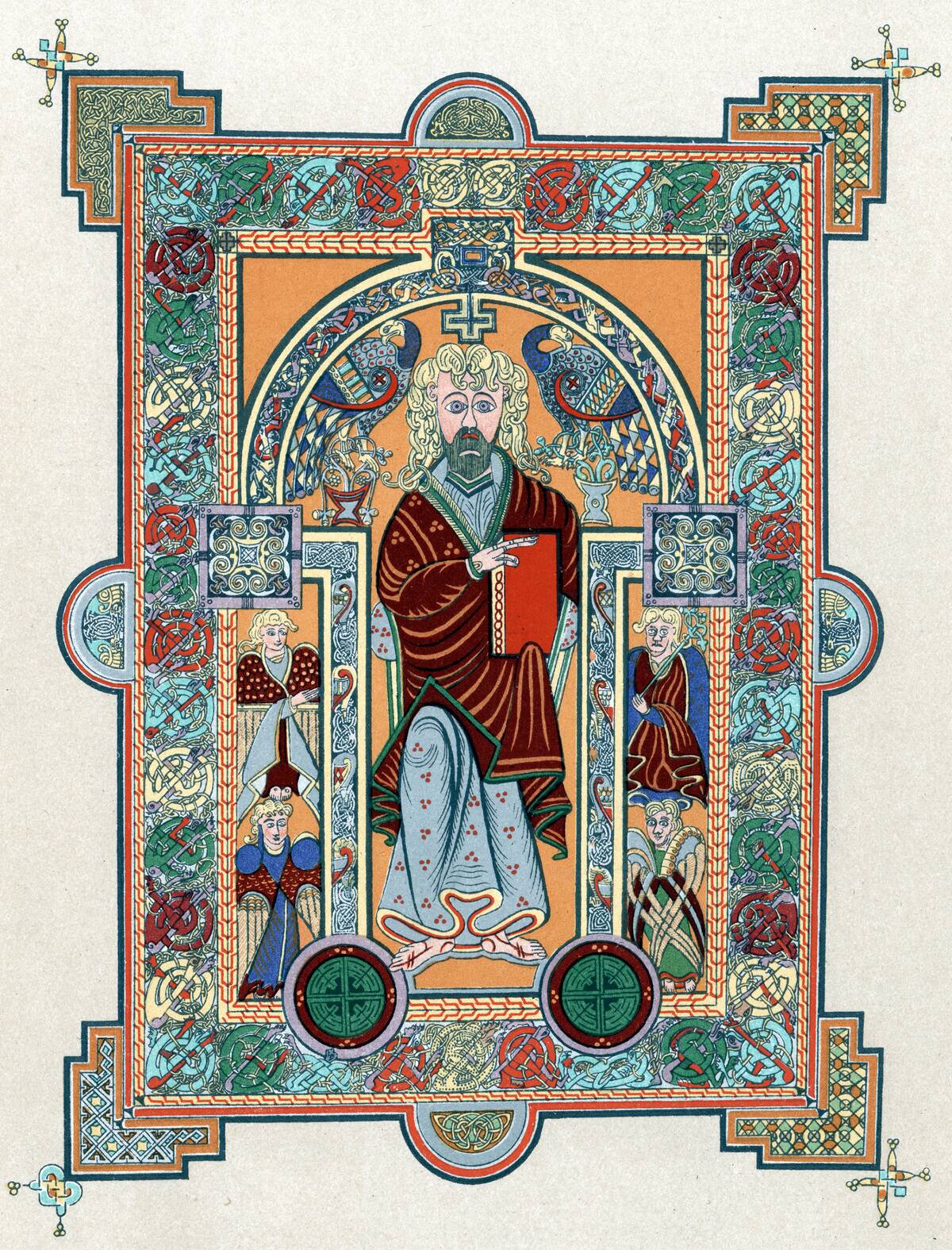
Over the centuries, Celtic knot designs have evolved, influenced by various cultures and artistic movements. As Insular artists in the early medieval period came into contact with other artistic traditions, their work absorbed new ideas, leading to more complex and varied knot patterns.
This evolution is evident in the diverse range of designs seen in medieval manuscripts and artifacts, showcasing the adaptability and resilience of Celtic art.
Symbolism and Meaning Behind Celtic Knots
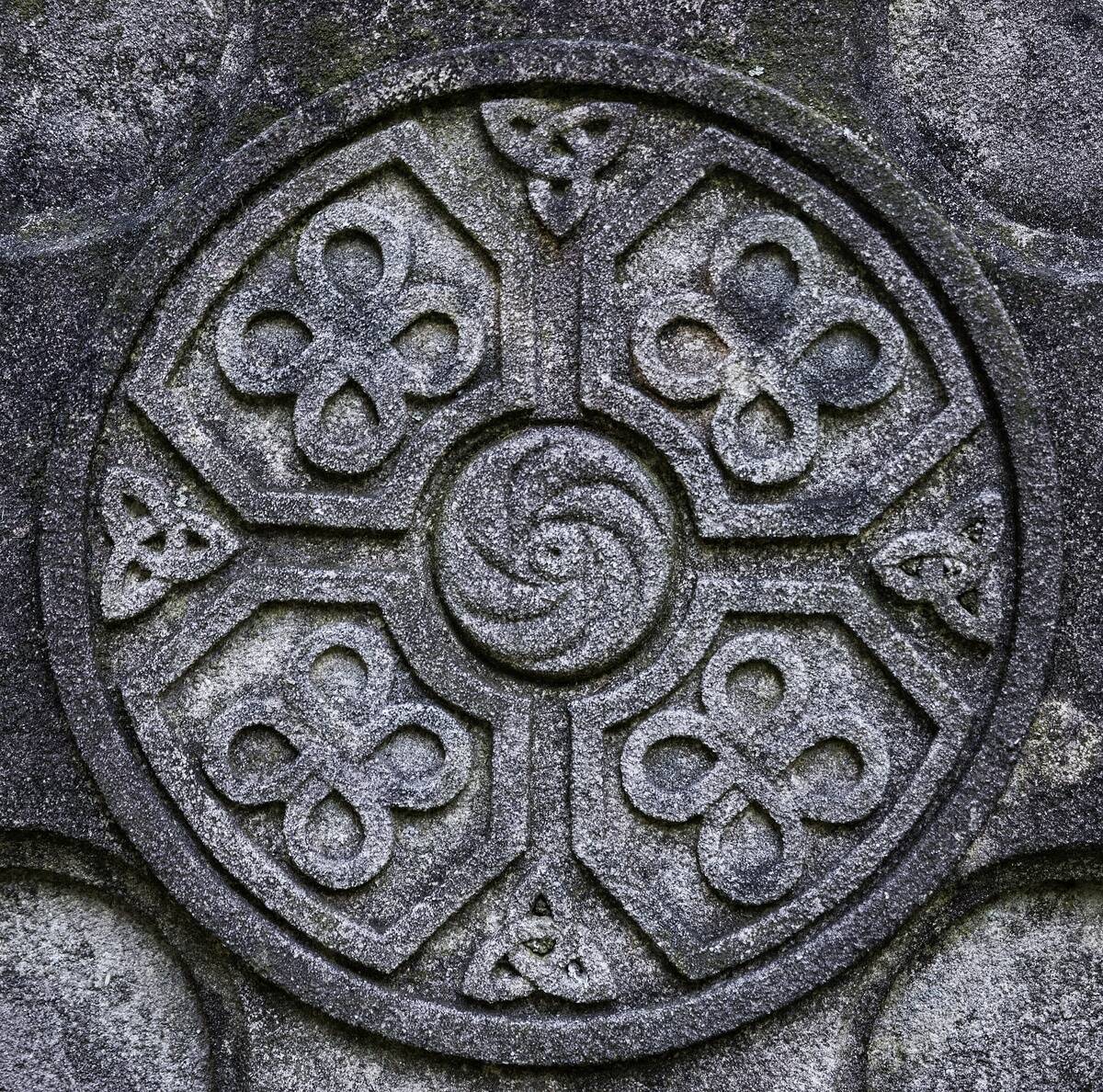
Celtic knots are often interpreted as symbolic, though most specific meanings attributed to individual designs are modern interpretations rather than historical ones. The Dara knot, for example, symbolizes strength and inner power, drawing inspiration from the oak tree’s roots.
The Trinity knot, or Triquetra, represents the Holy Trinity in Christian iconography. These knots are not just aesthetically pleasing but also serve as powerful symbols of faith and identity.
The Role of Celtic Knots in Medieval Art

In medieval art, Celtic knots played a crucial role in decorating religious artifacts, manuscripts, and even architecture. The intricate designs were used to embellish the edges of illuminated books and the surfaces of stone crosses.
This artistry was a testament to the skill and creativity of medieval craftsmen, who used knotwork to enhance the visual appeal of their creations, with later interpretations often attributing spiritual themes to the designs.
Techniques Used in Creating Celtic Knotwork
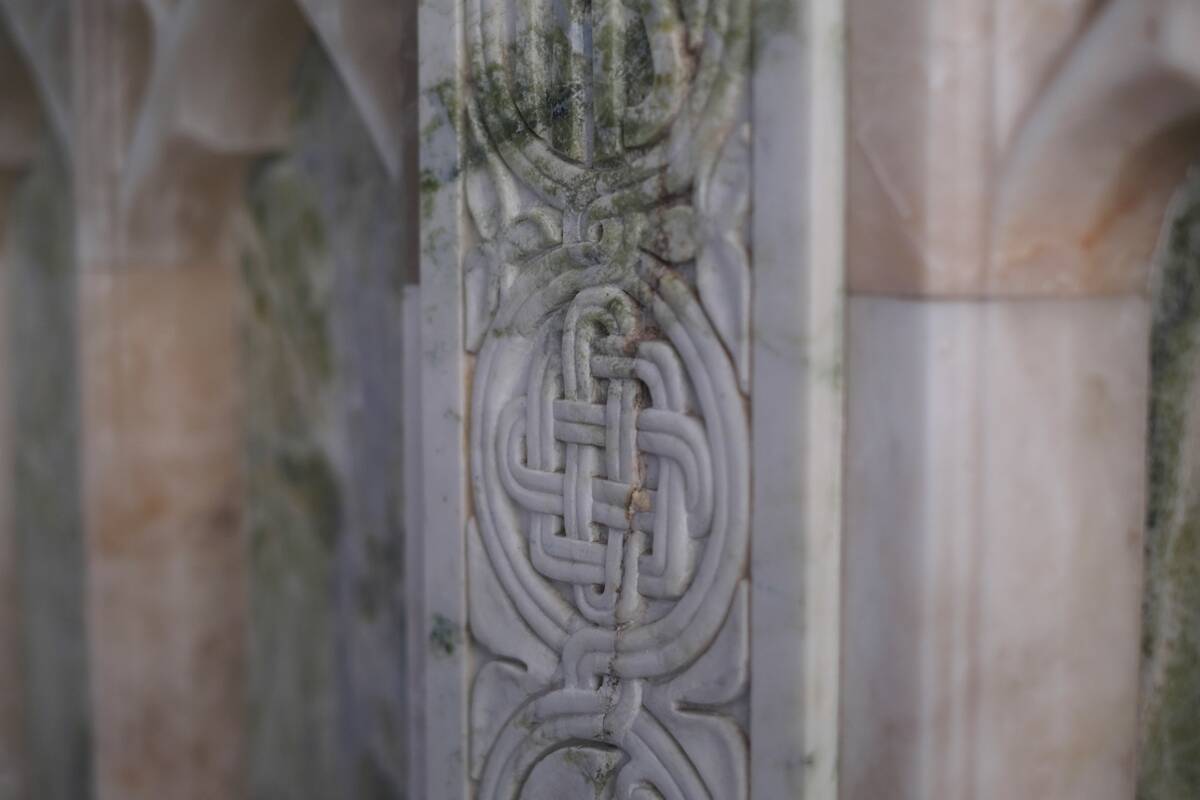
Creating Celtic knotwork requires precision and patience. Artists begin with a grid and work methodically, weaving lines to form the complex patterns. Traditionally, these designs were hand-drawn, requiring a steady hand and keen eye for symmetry.
Today, modern techniques like digital design tools have made it easier to create these patterns, but the essence of the craft remains rooted in its traditional methods.
The Revival of Celtic Knot Art in Modern Times
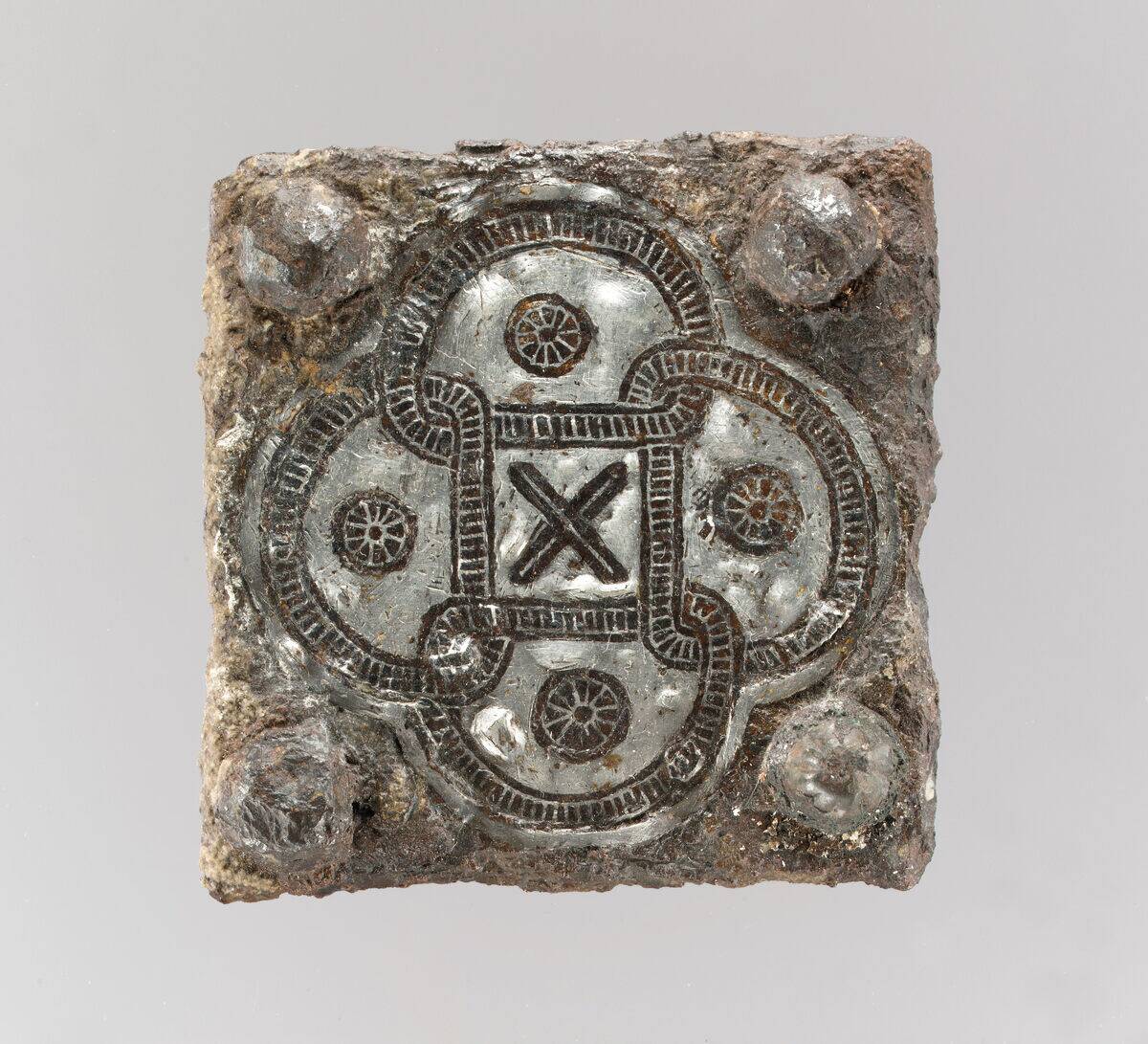
In recent years, there has been a resurgence of interest in Celtic knot art. Artists and designers are rediscovering these ancient patterns and incorporating them into contemporary works.
From tattoos to fashion, Celtic knots are being reimagined for modern audiences, celebrating their timeless beauty and cultural significance. This revival has helped to keep the tradition alive and relevant in today’s world.
The Craftsmanship Behind Celtic Knot Jewelry

Celtic knot jewelry is renowned for its intricate designs and symbolic meanings. Skilled artisans craft these pieces, using techniques passed down through generations. Silver and gold are common materials, chosen for their durability and elegance.
Each piece of jewelry tells a story, with knots symbolizing love, loyalty, and eternity. This craftsmanship ensures that each item is not just an accessory but a meaningful piece of art.
Learning to Create Your Own Celtic Knot Designs
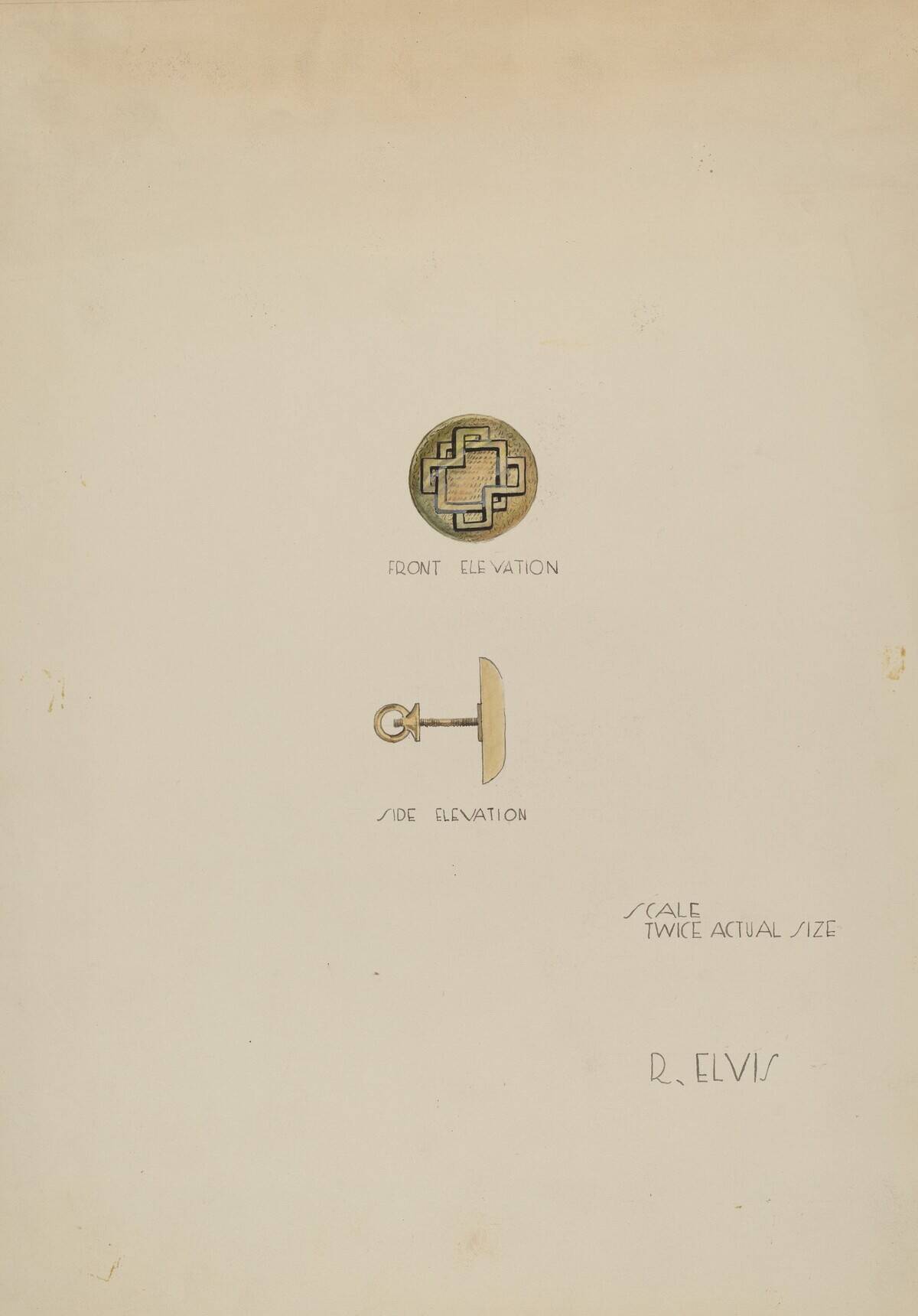
If you’re inspired to create your own Celtic knot designs, there are plenty of resources available to help you get started. Books, online tutorials, and workshops offer guidance on mastering this ancient art form.
With practice, anyone can learn to draw these intricate patterns, unlocking their creativity and connecting with a rich cultural tradition that has stood the test of time.



